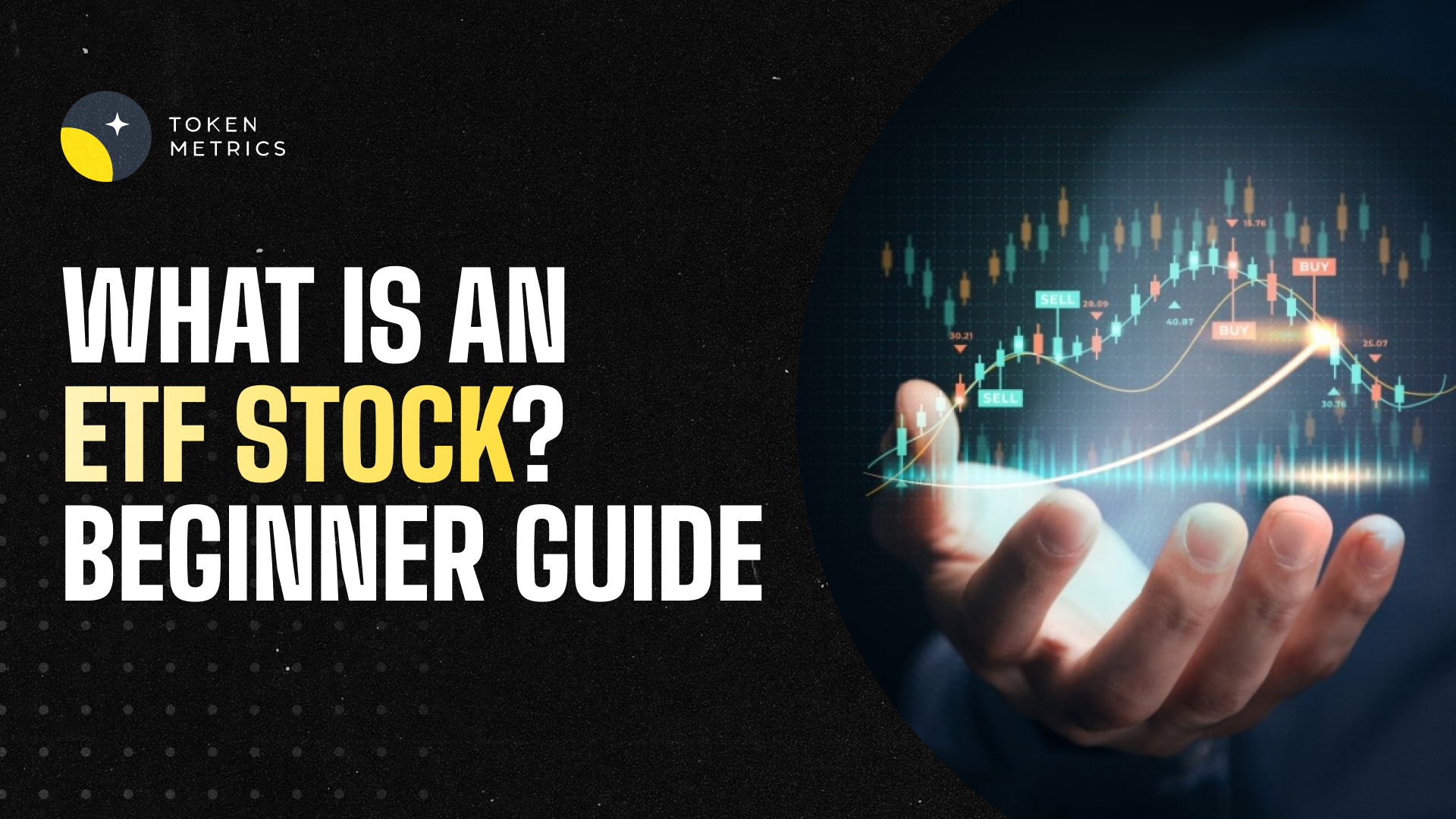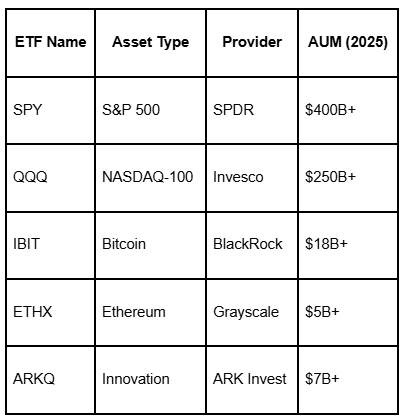Build High-Performance APIs with FastAPI

FastAPI has become a go-to framework for developers building high-performance, production-grade APIs in Python. This article explains how FastAPI achieves speed, practical patterns for building robust endpoints, how to integrate AI and crypto data, and deployment considerations that keep latency low and reliability high.
What is FastAPI and why it matters
FastAPI is a modern Python web framework designed around standard Python type hints. It uses asynchronous ASGI servers (uvicorn or hypercorn) and automatic OpenAPI documentation. The emphasis is on developer productivity, runtime performance, and clear, type-checked request/response handling.
Key technical advantages include:
- ASGI-based async I/O: enables concurrent request handling without thread-per-request overhead.
- Automatic validation and docs: Pydantic models generate schema and validate payloads at runtime, reducing boilerplate.
- Type hints for clarity: explicit types make routes easier to test and maintain.
Performance patterns and benchmarks
FastAPI often performs near Node.js or Go endpoints for JSON APIs when paired with uvicorn and proper async code. Benchmarks vary by workload, but two principles consistently matter:
- Avoid blocking calls: use async libraries for databases, HTTP calls, and I/O. Blocking functions should run in thread pools.
- Keep payloads lean: minimize overfetching and use streaming for large responses.
Common performance improvements:
- Use async ORMs (e.g., SQLModel/SQLAlchemy async or async drivers) for non-blocking DB access.
- Cache repeated computations and database lookups with Redis or in-memory caches.
- Use HTTP/2 and proper compression (gzip, brotli) and tune connection settings at the server or ingress layer.
Designing robust APIs with FastAPI
Design matters as much as framework choice. A few structural recommendations:
- Modular routers: split routes into modules by resource to keep handlers focused and testable.
- Typed request/response models: define Pydantic models for inputs and outputs to ensure consistent schemas and automatic docs.
- Dependency injection: use FastAPI's dependency system to manage authentication, DB sessions, and configuration cleanly.
- Rate limiting and throttling: implement per-user or per-route limits to protect downstream services and control costs.
When building APIs that drive AI agents or serve crypto data, design for observability: instrument latency, error rates, and external API call times so anomalies and regressions are visible.
Integrating AI models and crypto data securely and efficiently
Combining FastAPI with AI workloads or external crypto APIs requires careful orchestration:
- Asynchronous calls to external APIs: avoid blocking the event loop; use async HTTP clients (httpx or aiohttp).
- Batching and queuing: for heavy inference or rate-limited external endpoints, queue jobs with background workers (Celery, RQ, or asyncio-based workers) and return immediate task references or websockets for progress updates.
- Model hosting: serve large AI models from separate inference services (TorchServe, Triton, or managed endpoints). Use FastAPI as a gateway to manage requests and combine model outputs with other data.
For crypto-related integrations, reliable real-time prices and on-chain signals are common requirements. Combining FastAPI endpoints with streaming or caching layers reduces repeated calls to external services and helps maintain predictable latency. For access to curated, programmatic crypto data and signals, tools like Token Metrics can be used as part of your data stack to feed analytics or agent decision layers.
Deployment and operational best practices
Deployment choices influence performance and reliability as much as code. Recommended practices:
- Use ASGI servers in production: uvicorn with workers via Gunicorn or uvicorn's multi-process mode.
- Containerize and orchestrate: Docker + Kubernetes or managed platforms (AWS Fargate, GCP Cloud Run) for autoscaling and rolling updates.
- Health checks and readiness: implement liveness and readiness endpoints to ensure orchestrators only send traffic to healthy instances.
- Observability: collect traces, metrics, and logs. Integrate distributed tracing (OpenTelemetry), Prometheus metrics, and structured logs to diagnose latency sources.
- Security: enforce TLS, validate and sanitize inputs, limit CORS appropriately, and manage secrets with vaults or platform-managed solutions.
Build Smarter Crypto Apps & AI Agents with Token Metrics
Token Metrics provides real-time prices, trading signals, and on-chain insights all from one powerful API. Grab a Free API Key
FAQ: How to tune FastAPI performance?
Tune performance by removing blocking calls, using async libraries, enabling connection pooling, caching hotspot queries, and profiling with tools like py-spy or OpenTelemetry to find bottlenecks.
FAQ: Which servers and deployment patterns work best?
Use uvicorn or uvicorn with Gunicorn for multiprocess setups. Container orchestration (Kubernetes) or serverless containers with autoscaling are common choices. Use readiness probes and horizontal autoscaling.
FAQ: What are essential security practices for FastAPI?
Enforce HTTPS, validate input schemas with Pydantic, use secure authentication tokens, limit CORS, and rotate secrets via a secrets manager. Keep dependencies updated and scan images for vulnerabilities.
FAQ: How should I integrate AI inference with FastAPI?
Host heavy models separately, call inference asynchronously, and use background jobs for long-running tasks. Provide status endpoints or websockets to deliver progress to clients.
FAQ: What monitoring should I add to a FastAPI app?
Capture metrics (request duration, error rate), structured logs, and traces. Use Prometheus/Grafana for metrics, a centralized log store, and OpenTelemetry for distributed tracing.
Disclaimer
This article is educational and technical in nature. It does not constitute investment, legal, or professional advice. Always perform your own testing and consider security and compliance requirements before deploying applications that interact with financial or sensitive data.
Create Your Free Token Metrics Account

.png)




%201.svg)
%201.svg)


%201.svg)



%201%20(1).png)




.png)














.svg)




.png)